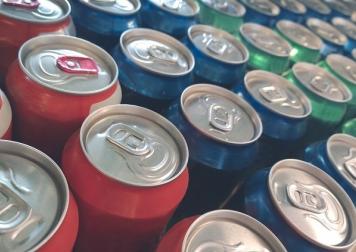Innovative Islet Cell Transplant Technique Targets Type 1 Diabetes
Researchers hope a new technique that successfully transplanted insulin-producing islet cells into animals will lead to a type 1 diabetes cure.
By combining a degradable hydrogel material with proteins that enhance blood vessel growth, the survival of transplanted islet cells was improved, and insulin production restored, in diabetic test animals.
“We have engineered a material that can be used to transplant islets and promote vascularization and survival of the islets to enhance their function,” said professor Andres García, Woodruff School of Mechanical Engineering at the Georgia Institute of Technology. “We are very excited about this because it could have immediate patient benefits if this proves successful in humans.”
This technology will primarily benefit those with type 1 diabetes, a condition characterized by the body’s inability to manufacture insulin, but might also help those whose pancreas is removed owed to severe inflammation, or pancreatitis.
The hydrogel used by the researchers to deliver islet cells into the body contains the protein VEGF, or vascular endothelial growth factor. VEGF stimulates blood vessel growth into the transplanted cells, so they are properly oxygenated, and nourished. Too little VEGF does not grow blood vessels quickly enough, and too much creates large, leaky vessels, but García and colleagues determined an amount conducive to healthy growth.
Another aspect of the study involved comparing the survival rates of transplanted cells at different body locations such as the liver, an abdominal fat pad, mesentery areas near the intestines, and under the skin. Maximum cell survival is a vital issue since very few islet cells are available from each donor.
After tracking their animal subjects up to 100 days, the investigators found that islet clusters transplanted via the hydrogel-VEGF technique had developed many blood vessels, and were engrafted into their location. The abdominal fat pad proved to be the best location for cell survival, and as expected, the hydrogel material disappeared, replaced by new tissue growing around the islet clusters.
Researcher Jessica Weaver expressed surprise at how well the new technique worked. “When we first started doing the imaging, I'm pretty sure I screamed the first time I saw it,” said Weaver. “It was so beautiful to see the vasculature. I wasn't expecting to see such perfect blood vessel growth into the islets.”
Source: Georgia Tech Horizons
Photo credit: Gordon


































